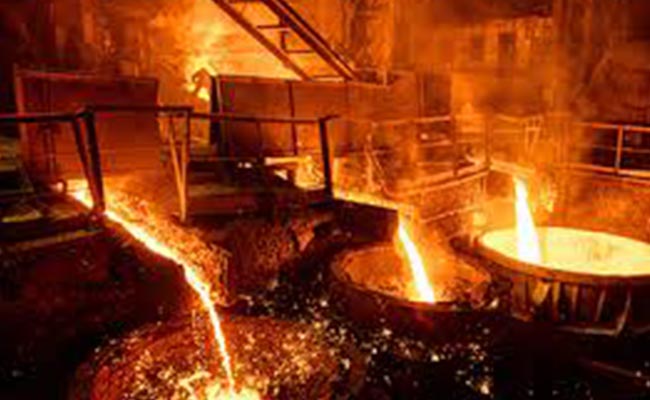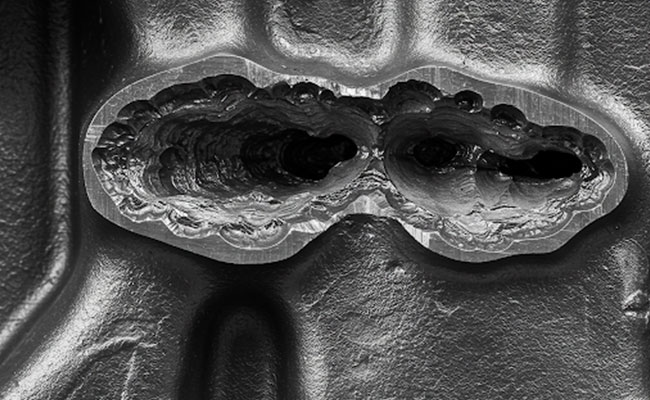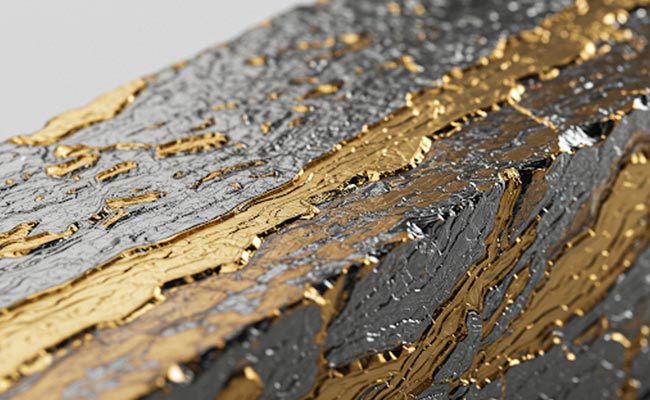
Budgeting for Casting Projects: Factors That Impact Cost Part One
2025-09-22
Maintenance Tips to Extend the Lifespan of Cast Metal Parts Part one
2025-10-066. Casting Size and Complexity
- Size of the Casting: Larger castings require more material, longer processing times, and larger molds, all of which increase cost. Also, larger castings are harder to handle, transport, and finish.
- Complexity: More intricate designs demand better precision and more time for mold-making and finishing. Complex geometries, tight tolerances, or additional features like undercuts or cores can increase the cost.
7. Quality Control and Testing
- Inspection: Rigorous quality control checks, such as dimensional testing, material properties testing, or X-ray inspection for internal flaws, add to the cost of a casting project.
- Certification Requirements: If a part needs to meet specific industry standards or certifications (e.g., aerospace or automotive), additional testing and documentation are required, which further increases the cost.
8. Post-Casting Operations
- Machining: Many castings require secondary operations like CNC machining to achieve the desired tolerances or surface finish. These operations can add significant cost to the project.
- Finishing: Processes like grinding, polishing, painting, or coating also contribute to the final price, especially for parts with high-quality surface requirements.
- Heat Treatment: Some castings require heat treatment to enhance mechanical properties like hardness or strength, which adds both time and cost.
9. Lead Time and Delivery
- Rush Orders: If you need a casting quickly, foundries may charge premium prices for expedited work. This might include premium labor shifts, expedited shipping, or more expensive production techniques.
- Transportation and Logistics: The cost of transporting large or heavy castings, particularly if they need to be shipped internationally or require special handling, can be a significant part of the budget.
10. Tool Maintenance and Replacement
- Die Maintenance: For processes like die casting, the maintenance and replacement of the dies themselves can be costly over time, depending on the volume and material being used.
- Tooling Lifetime: If tooling wears out quickly, or if there are frequent design changes, the cost of replacing or modifying tools must be factored into the budget.
11. Design Adjustments
- Design for Manufacturability (DFM): If a part is not designed with casting in mind, it may require significant changes to make it feasible for production, which increases costs. For example, parts with thick walls, sharp corners, or undercuts can be challenging to cast and may need design adjustments to reduce casting defects or improve flow, adding additional costs.
Strategies for Budgeting Casting Projects:
- Clear Communication with Foundries: Establish clear design requirements, material choices, and quality expectations upfront to avoid costly changes or misunderstandings later in the process.
- Prototype or Pilot Runs: Running a small batch or prototype casting can help identify any design flaws or issues early, preventing costly mistakes in larger runs.
- Consider the Whole Lifecycle: While it’s tempting to focus only on production costs, consider the long-term expenses related to maintenance, finishing, and post-casting operations when budgeting for a project.
In summary, budgeting for casting projects is a complex process that requires careful consideration of material, method, size, complexity, and additional operations. A well-thought-out budget will account for these variables, and early collaboration with the foundry can help prevent unexpected costs from arising during production.




